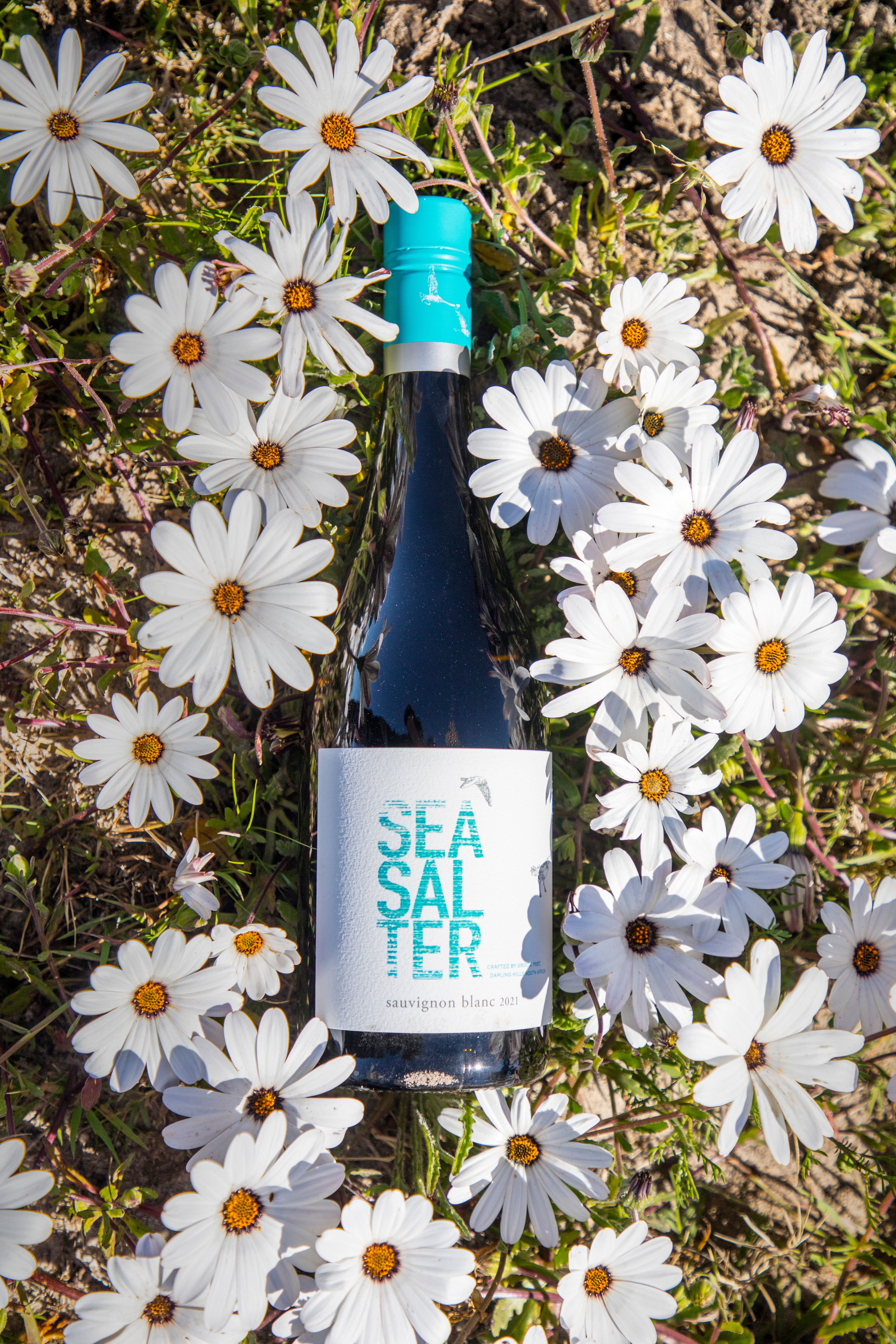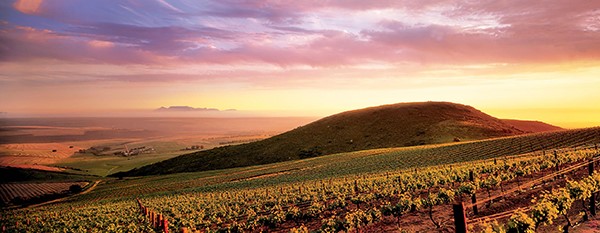Darling
The town of Darling, roughly 75 kilometres north of Cape Town on the West Coast, is named after Sir Charles Henry Darling, Lieutenant Governor in the Cape during the mid-19th century. Founded in 1853, Darling and its surrounds are primarily a farming area, well known for wine, wheat and dairy cattle but also its fabulous spring wild flowers, which annually attract hordes of visitors.
Under the Wine of Origin Scheme, Darling is classified a District, a demarcation recognised in July 2003 when it was separated from the Swartland. Long before that, in February 1978, Groenekloof was delimited a Ward within Swartland, but now this smaller area is contained within Darling. Many of the vineyards within both District and Ward lie within a few kilometres of and are influenced by the Atlantic Ocean.
Neil Ellis recognised Groenekloof’s potential for cool climate wines in the 1990s, releasing his maiden Groenekloof Sauvignon Blanc in 1993. It is still recognised as a cool-climate benchmark. Neil’s son, Warren, who’s taken over as winemaker, acknowledges Groenekloof’s unique character is its proximity to the ocean. ‘The Atlantic Ocean is at its coldest during summer and warmer over winter,’ Warren explains. ‘Summer days in Darling and Groenekloof may be warm, but by evening the Atlantic helps to cool down the area; I’ve measured temperatures dropping as low as 10C in February.’
Warren adds that in some very cool years, Groenekloof fruit easily develops pyrazines. This can pose a problem with shade in their bush vines, which requires diligent work to keep the canopy open, so the sunlight can penetrate and the grapes achieve full ripeness.
Sauvignon isn’t the only variety Neil Ellis Wines produces from Groenekloof; there’s also a cinsault and syrah. Warren believes the area is better suited to Rhône varieties; this will be their future focus in Groenekloof.
Groote Post, the Pentz family farm just south of Darling and close to the Atlantic, is also celebrated for its sauvignon blanc, two in fact. The more recent is Sea Salter, part barrel fermented and aptly named with its saline edge; the other, is a regular, unwooded version.

Peter Pentz ascribes Darling’s distinctive sauvignon to the Darling Hills, ‘Their altitude and the cooling influence of the Atlantic Ocean, a mere five kilometres as the crow flies from us; this provides moderate daytime temperatures and cooler evenings, resulting in longer hang times and optimal physiological ripeness.’ The soil also plays an important role influencing the natural saline taste and minerality.
Chardonnay, merlot, shiraz and cinsault are also grown and perform well on Groote Post and the area, but Peter, like Warren Ellis, believes Rhône varieties like grenache and mourvèdre have good potential. ‘Climate change will impact on what planted, with water become scarce, varieties with low water dependency will be front of mind.’

- Blog by Angela Lloyd